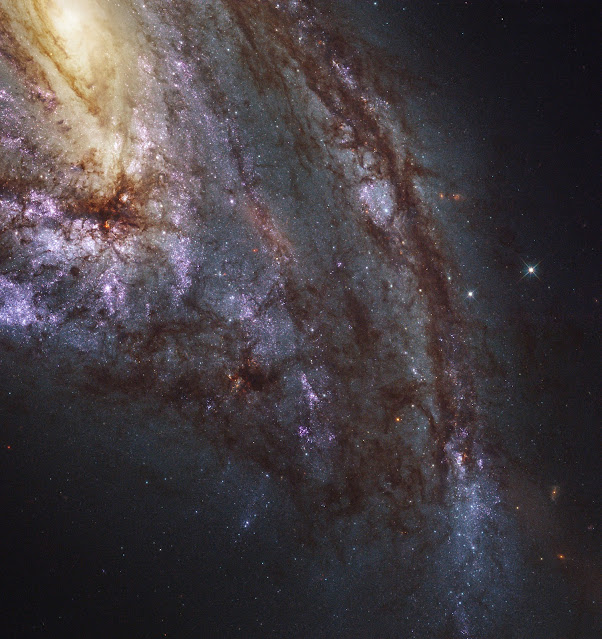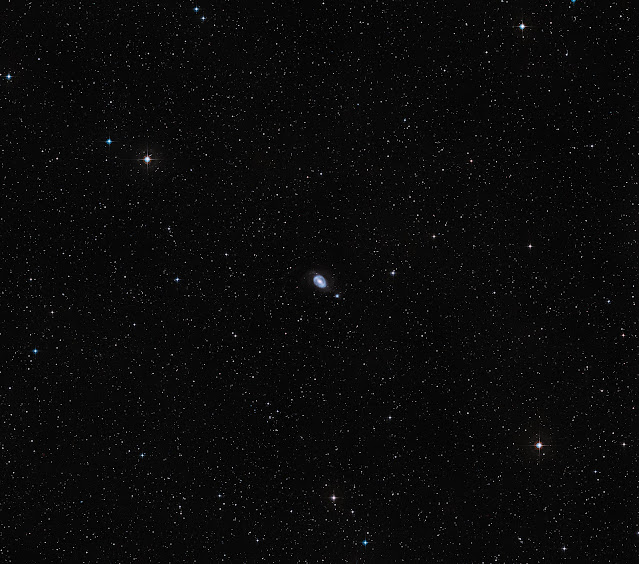Spiral Galaxy Messier 66: Multiple Wavelength Views by VLT & ALMA | ESO
This video shows images of Messier 66, also known as NGC 3627, a spiral galaxy located approximately 35 million light-years from Earth in the constellation Leo, taken at many different wavelengths of light. The observations were conducted with the Multi-Unit Spectroscopic Explorer (MUSE) instrument on the European Southern Observatory’s Very Large Telescope (VLT) and the Atacama Large Millimeter/submillimeter Array (ALMA), in which ESO is a partner.
The first two images are from the MUSE data. The first one, revealing the distribution of young stars, fades to a combined image that includes clouds of ionized hydrogen, oxygen and sulphur gas, marking the presence of newly born stars.
The next image shows the ALMA data only. ALMA was used to map cold clouds of molecular gas, which provide the raw material from which stars to form. Thousands of stars can form in just one of these molecular clouds, yet these stellar nurseries are invisible to the human eye—they can only be observed via the radio waves emitted by carbon monoxide (CO).
The following image is a combination of all the MUSE and ALMA data, forming a colorful cosmic firework, which is helping astronomers to unlock the secrets of star formation.
The images were taken as part of the Physics at High Angular resolution in Nearby GalaxieS (PHANGS) project, which is making high-resolution observations of nearby galaxies with telescopes operating across the electromagnetic spectrum.
Credit: European Southern Observatory (ESO)/ALMA (ESO/NAOJ/NRAO)/PHANGS
Duration: 17 seconds
Release Date: July 16, 2021
#NASA #Astronomy #Space #Science #ESO #Galaxy #Spiral #M66 #Messier66 #LeoTriplet #Leo #Constellation #Cosmos #Universe #Telescope #VLT #MUSE #ALMA #Chile #Europe #UnitedStates #Astronomer #CharlesMessier #France #History #STEM #Education #HD #Video








